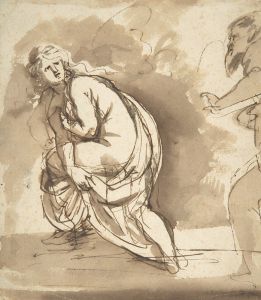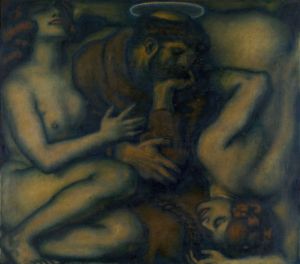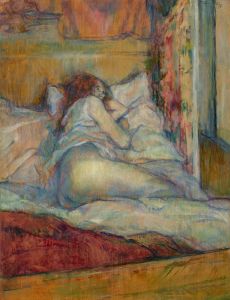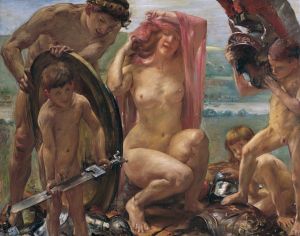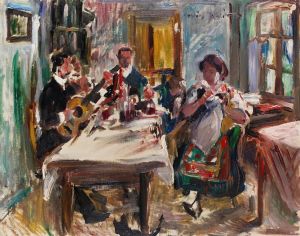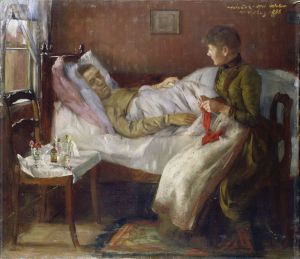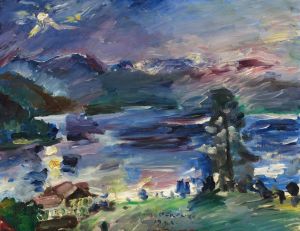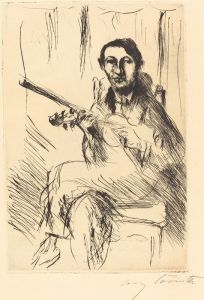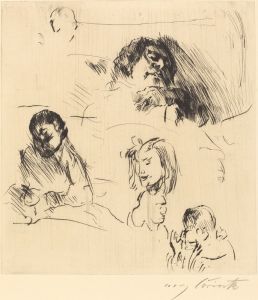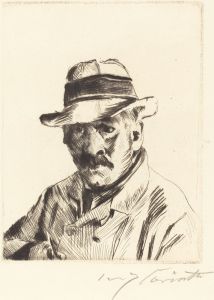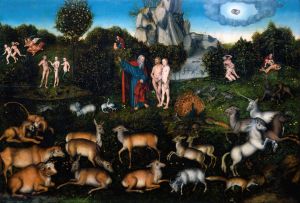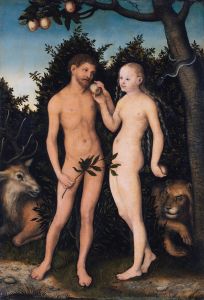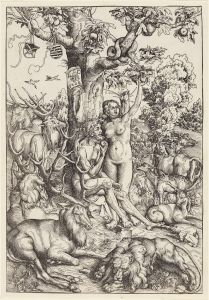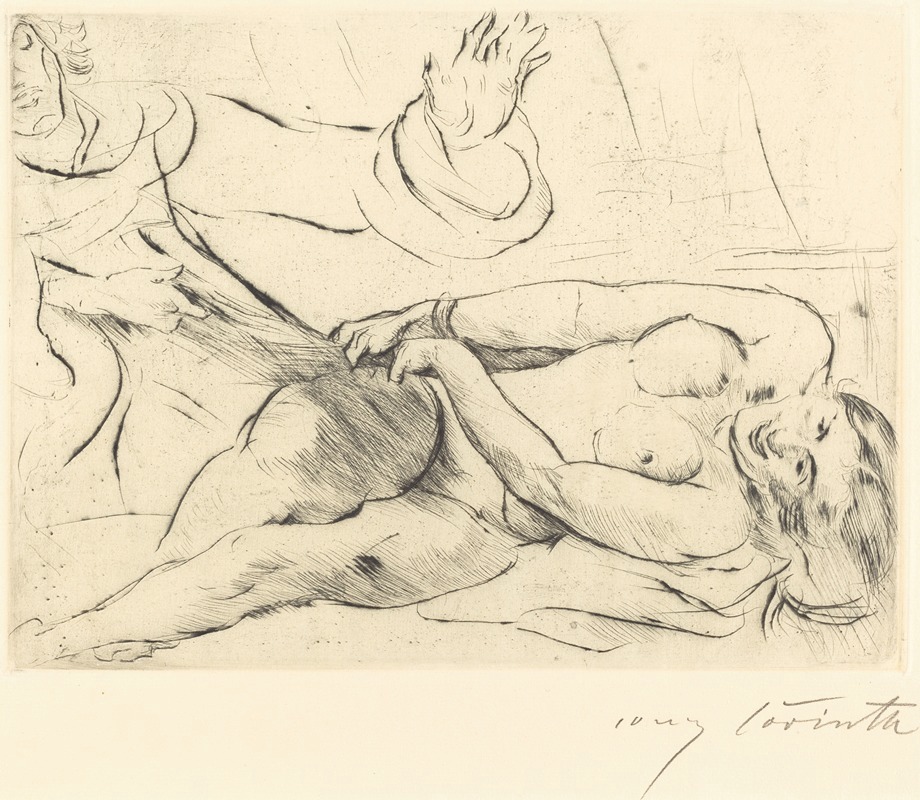
Joseph and Potiphar’s Wife – II
A hand-painted replica of Lovis Corinth’s masterpiece Joseph and Potiphar’s Wife – II, meticulously crafted by professional artists to capture the true essence of the original. Each piece is created with museum-quality canvas and rare mineral pigments, carefully painted by experienced artists with delicate brushstrokes and rich, layered colors to perfectly recreate the texture of the original artwork. Unlike machine-printed reproductions, this hand-painted version brings the painting to life, infused with the artist’s emotions and skill in every stroke. Whether for personal collection or home decoration, it instantly elevates the artistic atmosphere of any space.
Lovis Corinth's painting Joseph and Potiphar’s Wife – II is a work by the German artist, created in 1914. Corinth, a prominent figure in the German Impressionist and Expressionist movements, often explored biblical, mythological, and historical themes in his art. This painting is one of his interpretations of the biblical story of Joseph and Potiphar's wife, a narrative from the Book of Genesis in the Hebrew Bible.
The story depicts Joseph, a Hebrew servant in Egypt, who is employed in the household of Potiphar, an officer of Pharaoh. Potiphar's wife attempts to seduce Joseph, but he resists her advances, remaining loyal to his master and his moral principles. In retaliation for his rejection, she falsely accuses Joseph of assaulting her, leading to his imprisonment. This dramatic episode has been a popular subject in Western art for centuries, inspiring numerous artists to depict the tension and moral conflict inherent in the story.
Corinth's version of this scene reflects his mature style, characterized by vigorous brushwork, dynamic composition, and a vivid use of color. The painting captures the emotional intensity of the moment, focusing on the interaction between the two central figures. Potiphar’s wife is often portrayed in a state of longing or aggression, while Joseph is depicted as resisting her advances, emphasizing his virtue and steadfastness. Corinth's approach to this subject is notable for its psychological depth and expressive power, hallmarks of his later works.
The painting was created during a period of significant personal and artistic development for Corinth. By 1914, he had already established himself as a leading figure in the Berlin Secession, an influential group of progressive artists. However, this year also marked the beginning of World War I, a time of upheaval and uncertainty that may have influenced the emotional intensity of his work.
Joseph and Potiphar’s Wife – II is part of Corinth's broader engagement with biblical themes, which he revisited throughout his career. His works often reflect a blend of traditional subject matter with modern artistic techniques, bridging the gap between 19th-century academic art and the emerging modernist movements of the early 20th century.
The painting is held in a private collection, and detailed information about its provenance or exhibition history is limited. Corinth's treatment of the subject remains a significant example of his ability to reinterpret classical themes through a modern lens, contributing to his reputation as one of Germany's most important artists of his time.





